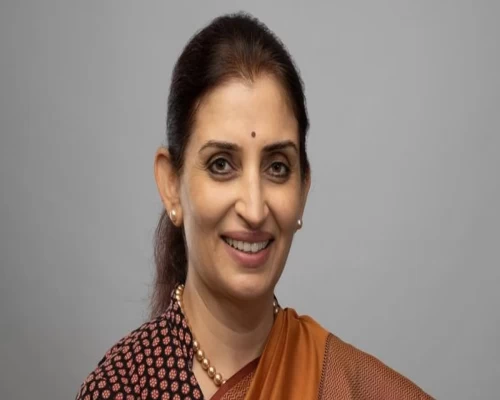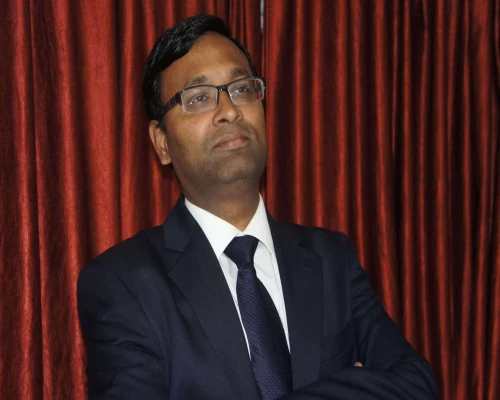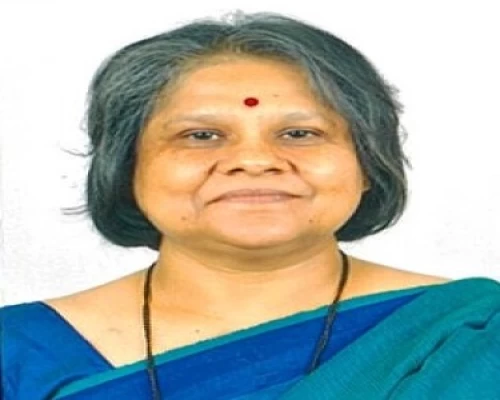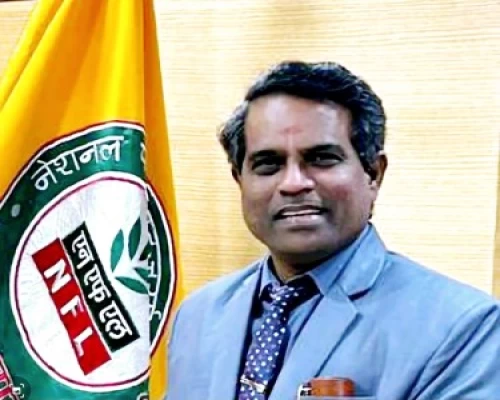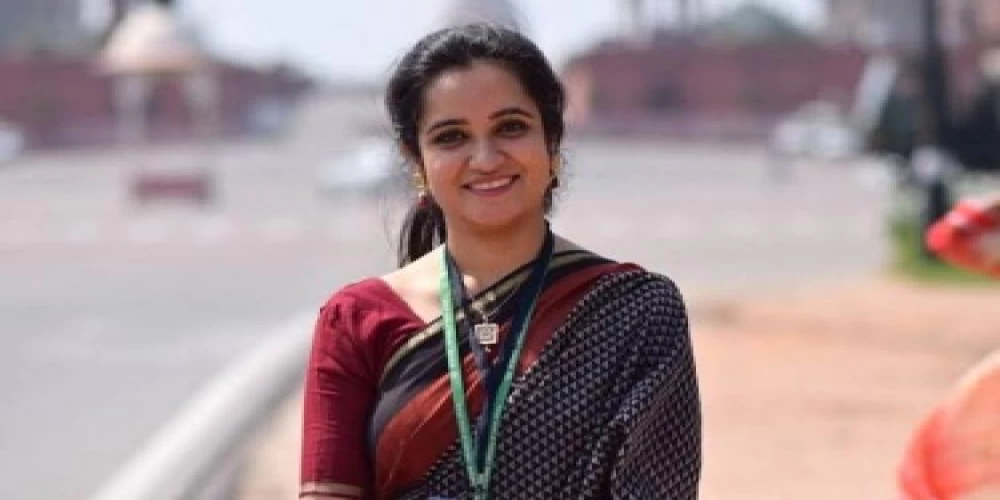
New Delhi: Usually the word smart or smart city is misunderstood. It is basically an idea to rekindle the spirit of the city. “I am happy that we have been able to do that to a certain extent,” said Aditi Garg, IAS officer, who as CEO, Indore Smart City, did a fabulous job, in an interview to Rajeev R and Naina Jha of Bureaucrats India. “We managed to reach across various communities and sectors to touch upon myriad aspects of the day to day life of the people of Indore,” she said.
According to Aditi, our understanding of smart city has been that Indore Smart City should create a niche for itself and should resonate with the vision of people of the city. The whole purpose behind the Smart City project has been to revive and reintegrate the spirit of Indore. “So we never aimed to emulate or to replicate any Western city or even of India. From issues related to daily commuting, cleanliness to people’s participation in conserving or restoring heritage and culture, we did our own planning and execution,” she said. Read The Full Interview Here!
It is said that you did not leave anything unturned to make Indore the smartest city of India. How much did you succeed in your efforts?
The Indore Smart City project has done reasonably well in the recent years. It has recently been awarded the best smart city as a part of the criteria of ranking that is decided by the Union Ministry of Housing and Urban Affairs. We have been lucky that we have managed to clinched the top spot and primarily because of a lot of initiatives that we have undertaken in various spheres. We wanted to smartly deal with the challenges of urban governance and I am hopeful we have been able to deliver on the key aspects that makes any urban governance possible which is basically four Ps -- people, place, planet and overall performance of the city administration.
The making of Indore Smart City is considered to be a classic case of rejuvenating urban dynamics and planning. The most important thing which you did as the CEO Indore Smart City and would like to relish forever?
Urban administration nowadays is a lot about renewable urban dynamics and city planning. One of the projects that were very close to my heart is also because of my own personal interest in the sphere of history and architecture. We have undertaken very many varied restoration sites. Indore is a very historical city. It is culturally rich and diverse. Most importantly, people of Indore relate with the history and its culture very deeply. We wanted to preserve the monument for the people of Indore so that we take them forward and the city and the citizens could realise that the effort of the administration, the government and the communities in restoring these has a special significance.
We started with the designing of a children’s complex inside Gopal Mandir so that families could also spend time with their children and make them realize the importance of historical monuments. We also had a parking facility. We ensure that there is a mall that people could visit at the same time as the historical site. There was a dilapidated clock tower at Gandhi Hall, which we managed to restore. Now people can hear the clock ring at every hour and realise that these monuments are not just part of overall architecture and urban ecosystem but they are part of their daily lives. I think that is one of the most satisfying experiences as part of the Smart City project.
Indore was adjudged overall smart city winner jointly with Surat under India Smart Cities Award Contest of Ministry of Housing and Urban Affairs in 2020. What tilted the scale in favour in Indore?
To tell you the truth, we in Indore always hoped and assumed that one day we will be able to reach the top spot of the best smart City. One of the things that I think stood out for Indore is that Indore in due course of time has been doing many different and creative things. I think one of the recognitions that we received from the Government of India as part of the ranking and overall grading was the way in which we have undertaken our projects and the way we have conceptualized and imagined Indore city to be; the way we have invested our time and resources in redesigning re-planning and involving communities of Indore in our overall planning. Most importantly, I think this is also for the efforts that we have put in place in terms of the implementation of these projects. They realized that smart cities are essentially huge infrastructure governance companies. We delivered huge infrastructure projects and they need to be done differently where they need to have significance in the life of the people. And one of the things that I felt we have done differently is firstly we re-imagined our projects. We wanted to make use of technology as a bridge to deliver the present governance issue and the pressing matters that face urban administration.
Carbon credits initiative won a lot of laurels for Indore Smart City. The brain behind the move was none other than Aditi Garg. Will she tell us how the unique idea did strike her?
I think the credit for conceptualization of this entire project goes to the entire Indore Municipal Corporation Smart City team. We realised that what usually happens with urban administration and urban city governance is that there is always a lack of funding. So when we were looking at these challenges we also wanted to understand how some of the investment that we have already made in this sector could be turned around to give returns. So we started exploring the option for carbon credit. We started with the listing of only three projects because we wanted to start small. It went on quite well. In fact, Indore is also trying to become the first city to list the plastic credit as part of the carbon credit mechanism whereby our efforts at the reduction of plastic waste will be recognised as the international scale.
How smartly Indore as a city dealt with the first wave of Covid-19? Given your exposure, what are major takeaways from our corona experience so far as urban planning is concerned?
It is an interesting question because a lot of times what happens is that urban governance is very different from the kind of emergency response system that we have to go with during Covid-19 pandemic. Covid-19 management really pushed the limits of the resources and the expertise of urban administration. It has really challenged the way in which we address urban governance issues. I think one of the things that Indore did well and learnt over the period of time was that this kind of Covid-19 management is not our regular one of delivering government services. The Covid response is a continuous crisis management government and local bodies were not used to dealing with continuous crisis management over the period of time. So staff had to be re-skilled and retrained. Our emergency response system was also refurbished. We also developed an app that helped us track and trace home isolation patients. Another thing that we did was the data based contact tracing that was very effectively done with the help of the integrated command and control sector of Smart City. It was very easy for us to repurpose technology to meet this very specific emergency response requirement.
The other thing that we learnt from covid was that we need to recreate our urban spaces. When we think about our urban scroll, when we think about our open areas and common public places, they are usually not kind enough to deal with requirements of this pandemic specially covid. So we wanted to also rethink our understanding of open spaces and when we started experimenting with creating new spaces we wanted to give that space to people where these considerations were incorporated as part of the project plan. So that was one of the things that we learnt as part of covid and of course a lot of existing infrastructure was reused and redesigned. So there was a very effective way in which our existing infrastructure and IT infrastructure were reused for delivering this very kind of requirement which the pandemic threw at us.
Urban planning has become a buzz word with the advent of the concept of smart cities. Many experts are of the view that an ideally smart city should take care of urban needs of all – rich and poor – alike. What is your take?
I think smart cities are usually inclusive and they are builders of paths towards endless possibilities. So smart cities are harbingers of all kinds of experiments and innovations and a genuine outreach that is required towards all sections of our society! Most importantly I think we need to build bridges to communities that have long been ignored. Just to give an example, as part of our experiment with creating open spaces and open access to women in the city we came up with the concept of ‘Shekunj’ which is kind of a pink toilet. We wanted to have a public facility for women where there is an availability of public toilets as well as feeding areas. So we wanted lactating mothers, pregnant mothers and women of all ages and status who come out and regain that space in the public arena. We wanted them not to be restricted to their rooms just because they were raising children. We wanted them to come out and explore the city to regain that urban space which was lost in the past few years. Hence the concept of ‘Shekunj’ was designed.
What are the most important things we keen to bear in mind while going for urban planning?
I think there are many models that have worked in many different cities. It is very important to understand the local flavour of the place that we are doing urban planning for. It is very important to come up with ideas that germinate on the ground and reflect the requirements of the local populace, and translate their dreams and aspirations. The second thing that I would recommend is that there needs to be access to given infrastructure. We cannot have infrastructure planning where a certain section or segment of people is excluded. When in Indore we were planning for open spaces, we decided that we would have access for all kinds of age groups of people. We wanted to ensure that access to infrastructure is ensured for all. Third thing that I think is now important and very relevant is the access to information. People just need to be given information so that they can make their own decisions.
You are now the CEO of Zila Panchayat, Burhanpur. Won’t you like to make panchayats equally smart?
That is an interesting question. Sometimes one is tempted to replicate the learnings and the experiences of one sector to another but I do have to confess that the urban and the rural sector are different. The challenges are somewhat varied and the approach and implementation needs to be different as well. However at the same time we need to make our villages smart. I have always believed firmly that access to information and inclusion in decision making is one of the key roles to empowering any community and I have to strive for that even in my new role. We were taking up an effort to ensure that once the second wave of Covid-19 is dealt with, we would enable communities to make decisions and plan for their Covid response for the future based on their own understanding of Covid. So we started sharing a lot of data with communities with villages with Gram Panchayats and we realised that once we started giving out data based on how many people were affected by Covid in a certain Gram Panchayat, the number of active cases, what was the type of involvement of local communities, we saw the people rising to the occasion and participating in decisions.
How do you strike a balance between your professional commitments and personal life?
This is the tough one to answer because I think never ever really can be a convincing answer and most importantly what works for one may not work for another. So I don’t want to spoil the script for the other professional mothers out there. But I can share my experience and my experience has been that first of all you know it’s all about your environment, your family support, and your support systems that are in place. No working mother, no professional or a family can raise a child on their own. I have realized this in hard ways and perhaps quite a livingly thankfully that the support of family is important and there is no such thing I think as a fine balance between professional and personal life. Though people think that working mothers and working professionals lose out, in fact they gain a lot because we have a distinct advantage of being able to switch off from one important aspect of life to the other.
Please share your views on water bodies in Indore!
Water bodies play a very key and sustainable role in the city or life of Indore. Our city is dispersed with two rivers and they can get many water bodies that are needed to be preserved. As part of our many initiatives from the Smart City and the Municipal Corporation, we have undertaken the cleaning of our rivers in the last couple of years. This has been a massive exercise because it is not just about rivers and development but it is actually about preserving water bodies itself and that requires an understanding of natural and biodiversity aspects of these water bodies. What we have done is undertake these tasks in phases. For example, we began the cleaning up of the internal section of the two rivers -- Kant and Saraswati. We also undertook the front restoration work at one of the junctions of these rivers where we shifted around 1500 families who were staying in the settlement colonies along the banks across the rivers. We relocated them by providing them with affordable houses. Results are there for everyone to see!
Any experience of some work which you thought was very difficult to be done but turned out to be a smooth one!
Most of the projects that we undertook as part of our culture restoration were very difficult projects. I mean they were projects of mammoth architectural and technological challenges. When we took them up, we could not imagine what layers would come up from underneath. We never imagined that we would be able to pull the socks. We wanted to give them a local flavour and one of the complexes as we were doing was a museum. So one of the days I was out in the market of Indore and somebody mentioned to me that a lot of relics had moved from the government to private hands. So we decided to launch an outreach program where we said that anybody who has these relics of the past could give them to us and we will house them in the museum. We had a tremendous response from the local community.
Last but not the least your words of wisdom and suggestions for those who aspire to be Civil Servants! How should they prepare themselves for the examination?
I have a very simple piece of advice. Have an open mind when you are preparing for the Civil Services Examination. They should have a positive mind and attitude. It is not just an examination but also shows your mindset. You should give your best depending upon the kind of preparation you have. Do your best and forget the rest! (With Shivangi Agrawal)
ENDS


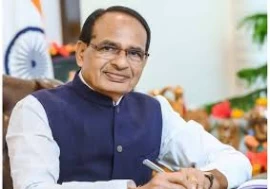
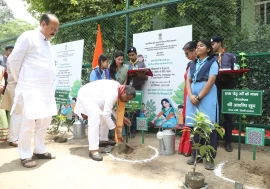
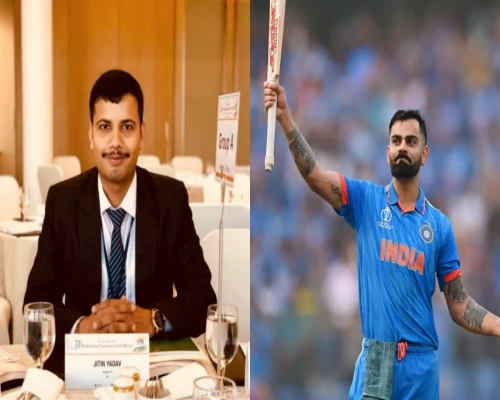
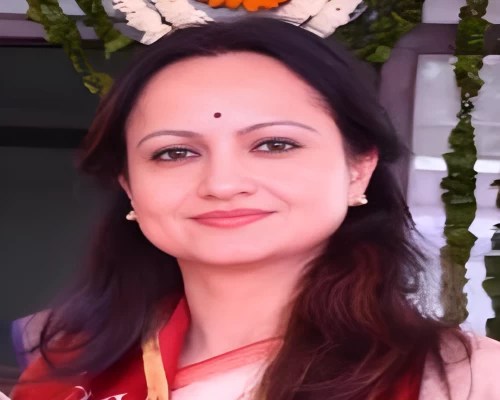
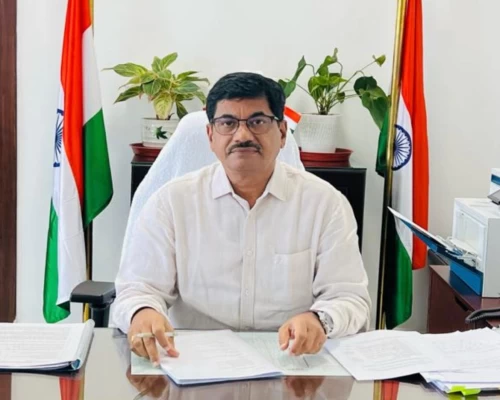
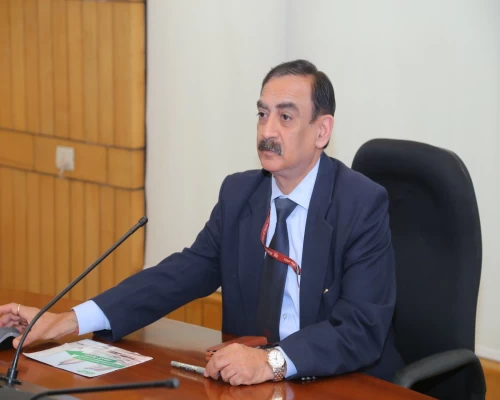
_500_x_400.webp)
